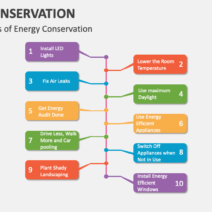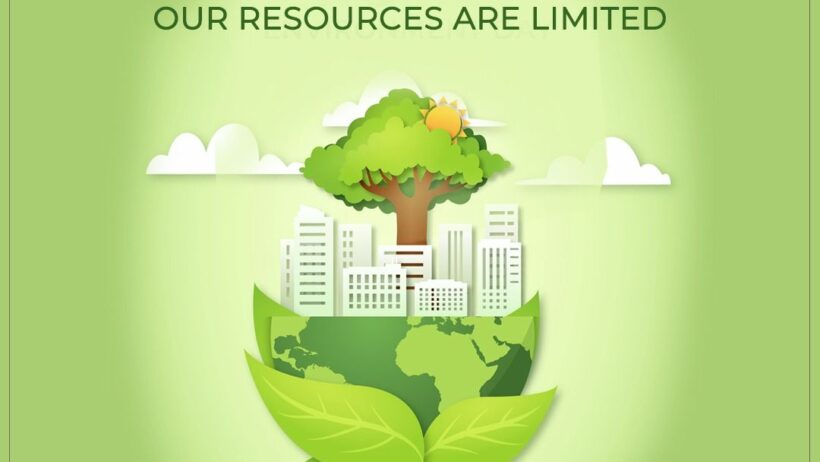Energy conservation is not merely a choice; it is an imperative that transcends personal preference, forming the bedrock of a sustainable future. The ubiquity of electrical appliances and gadgets has made energy consumption an integral part of daily life. However, an increase in energy use is correlated with environmental degradation, resource depletion, and climate change. This phenomenon is not only enlightening but also profoundly alarming, engendering an urgent call to action for individuals, communities, and nations alike. Below, we delve into simple yet effective actions that can significantly reduce energy consumption, contributing to a greener planet.
1. Understand Your Energy Consumption
The first step towards effective energy conservation is to comprehend your energy consumption patterns. Regularly monitoring your utility bills can provide insights into your usage. Consider using smart meters or energy monitoring apps that can give real-time data about energy consumption in your household. Awareness fosters responsibility; once you grasp how much energy you consume, you can devise a more informed strategy for reduction.
2. Embrace Energy-Efficient Appliances
When it’s time to replace home appliances, seek out those with high energy efficiency ratings. Appliances such as refrigerators, washing machines, and air conditioners labeled with the ENERGY STAR certification are designed to use less energy without sacrificing performance. Though the initial investment may be higher, the long-term savings on utility bills, combined with the reduced ecological footprint, make them worthwhile.
3. Optimize Heating and Cooling
Heating and cooling systems account for a significant portion of residential energy consumption. To optimize these systems, first ensure they are well-maintained. Regular inspections and cleanings can enhance efficiency. Additionally, consider utilizing programmable thermostats that adjust settings based on occupancy and time of day. Simple actions, such as sealing leaks around doors and windows and using insulation, can drastically reduce the amount of energy required to heat and cool your home.
4. Leverage Natural Light
In a world dominated by artificial lighting, the importance of natural light is often overlooked. Harnessing sunlight not only brightens a space but also reduces reliance on electric lights. Strategically position mirrors to reflect natural light deeper into your home. Moreover, consider opting for daylight LED bulbs during hours of low sunlight, as they consume considerably less energy while enhancing luminosity.
5. Practice Smart Habits
Small daily habits accumulate over time, leading to significant energy savings. For instance, turning off lights when leaving a room, unplugging devices that aren’t in use, and minimizing the use of standby power can yield remarkable results. Establishing a culture of energy consciousness within the household encourages all family members to participate actively. Furthermore, always air-dry dishes and clothes whenever feasible, allowing ventilation to do the work rather than relying on energy-consuming machines.
6. Utilize Renewable Energy Sources
Transitioning to renewable energy sources is an invaluable strategy for conservation. If possible, consider investing in solar panels for your home. Although the initial costs can be prohibitive, tax incentives and long-term energy savings make it a viable option for many. Wind energy is another alternative worth exploring, particularly in areas with suitable conditions. Communities can collaboratively invest in renewable energy projects, enhancing sustainability while fostering regional energy independence.
7. Optimize Your Vehicle Use
Transportation is a major contributor to energy consumption and greenhouse gas emissions. To mitigate this, consider adopting a more sustainable mode of transport. Where feasible, walk, bike, or use public transportation. Carpooling not only reduces the number of vehicles on the road but also diminishes individual fuel consumption. If a vehicle is necessary, consider an electric vehicle or a hybrid, which can drastically cut fuel consumption and reduce carbon footprints.
8. Reassess Water Usage
Water heating is another hidden energy hog. Insulating water heaters and using water-saving fixtures can lead to significant energy savings. Take shorter showers, turn off the tap while brushing teeth, and only run dishwashers and washing machines with full loads. By reducing water usage, less energy is expended on heating, creating a synergy between water conservation and energy saving.
9. Educate and Advocate
It is essential to remember that personal actions, while impactful, are most profound when they inspire a collective movement. Share knowledge about energy conservation within your community, schools, and workplaces. Engaging in advocacy for local and national energy policies that promote sustainable practices ensures that energy conservation extends beyond personal action to form a societal cornerstone.
10. Reflect on Your Lifestyle Choices
Lastly, developing an energy-conscious lifestyle involves more than just immediate actions; it requires a broader consideration of consumption habits. Reflect on your purchases and opt for products that prioritize sustainability. Supporting companies that promote eco-friendly practices and sustainable sourcing can amplify your conservation efforts, creating a formidable cycle of positive environmental change.
Understanding that every small effort compounds into significant impact fosters a holistic commitment toward energy conservation. As awareness deepens, so does the collective responsibility of humanity to combat the pressing threat of climate change. By taking these simple actions, everyone can contribute to a greener planet, reinforcing the truth that protecting the environment begins at home and within each individual’s choices.







